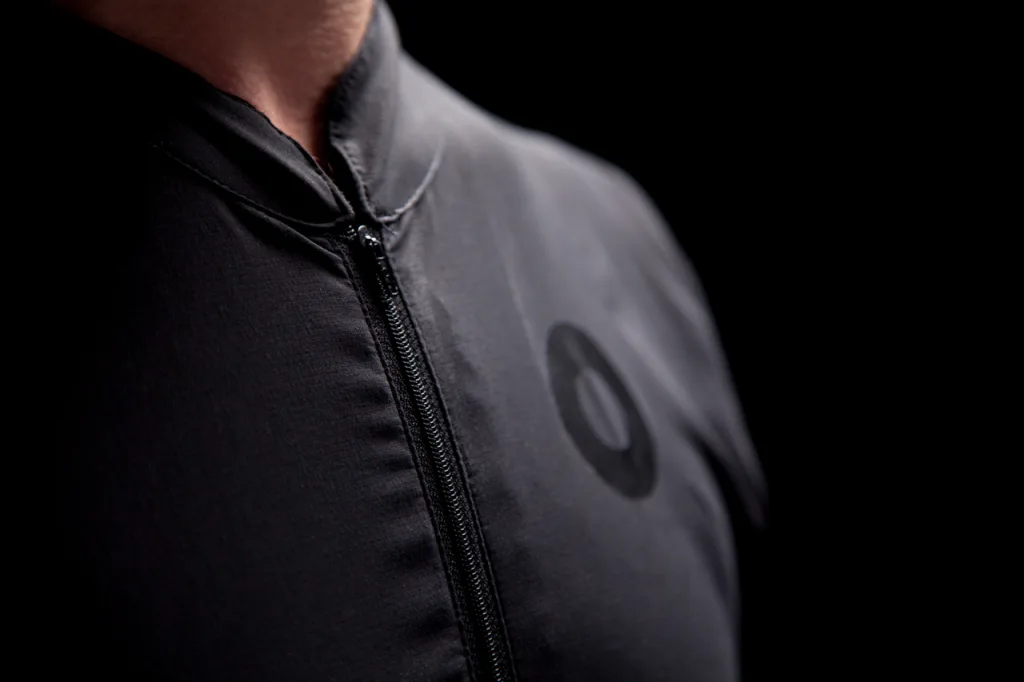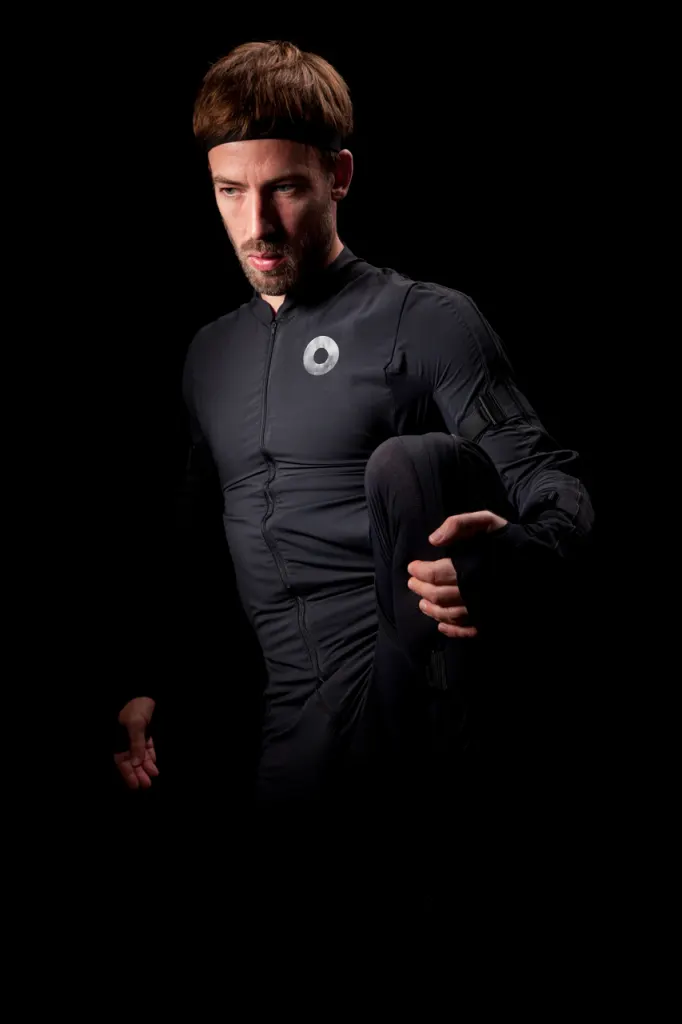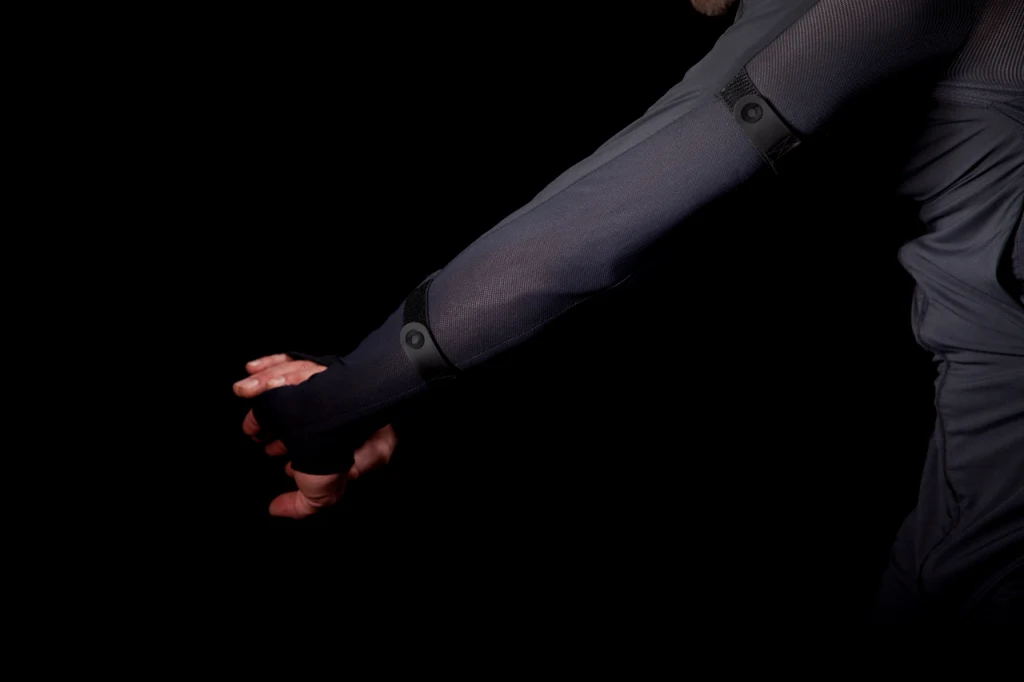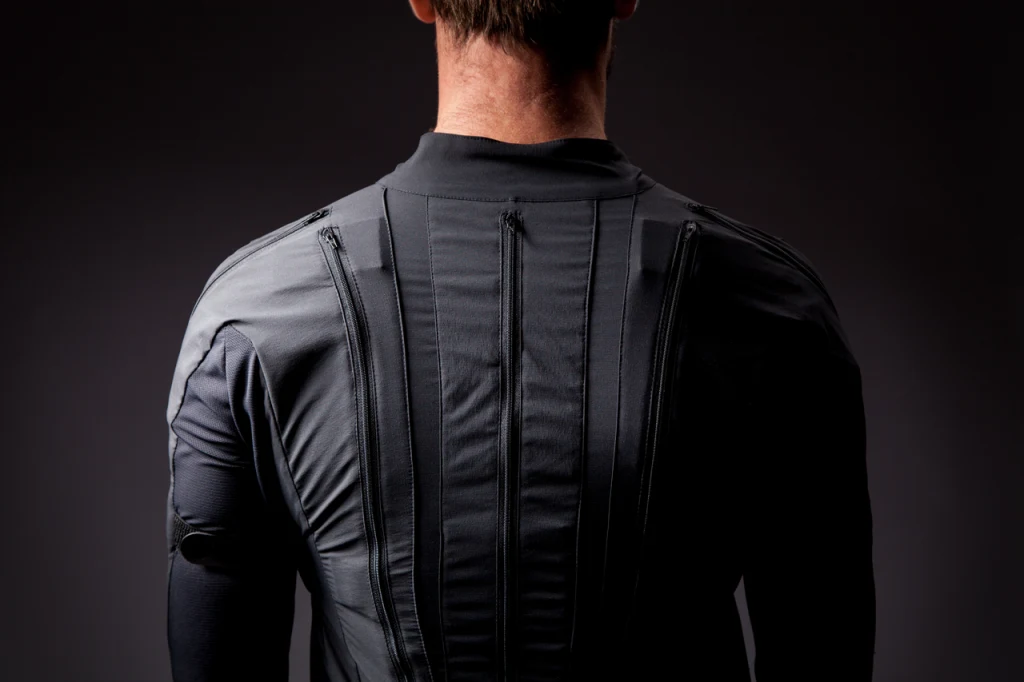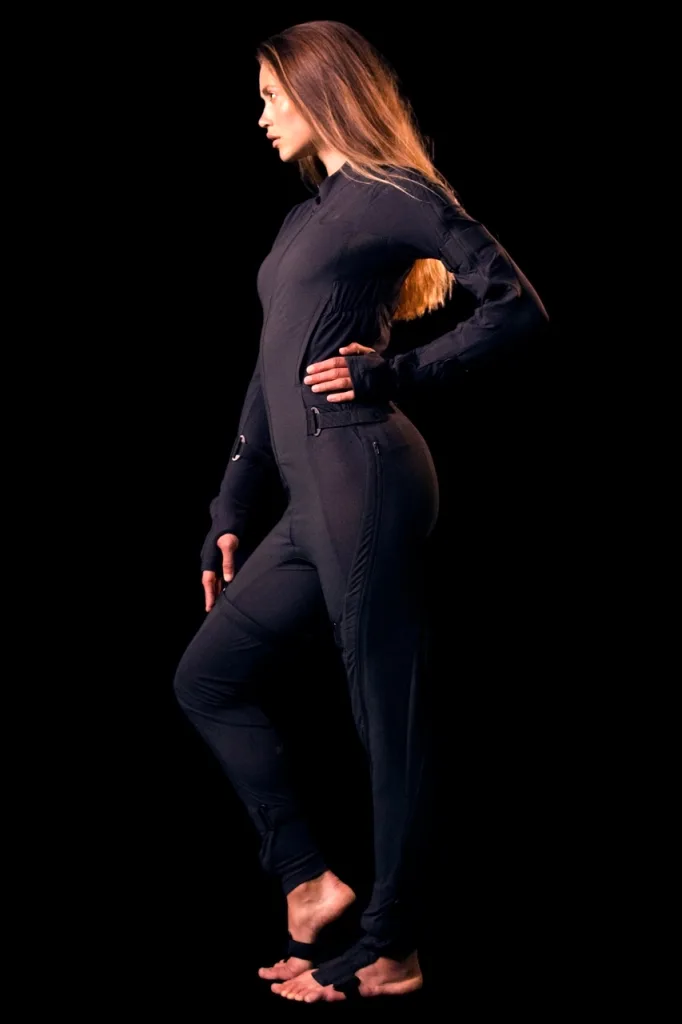Hollywood, like many other industries, has certain ways it does things. When it comes to shooting live action that will then be composited with computer-generated imagery, that means using tried-and-true motion-capture techniques that involve actors wearing suits covered in ping-pong-ball-like sensors and doing their performances on stages surrounded by special cameras.
Rokoko, a Danish startup, thinks there’s an entirely different way to go—inexpensive suits with embedded sensors that can capture actors’ motion no matter where they are, without the need for cameras, and at a fraction of the cost.
Today, Rokoko starts shipping its $2,500 Smartsuit Pro, a garment packed with 19 sensors evenly distributed across the arms, legs, and body, capable of recording an actor’s movements and either sending them to a computer in real-time over Wi-Fi or storing them in a small drive tucked into the fabric.
The idea? To completely upend professional motion capture, making it far cheaper, and, just as important, possible to do anywhere and anytime.
In a demo for Fast Company, Rokoko CEO Jakob Balslev showed how simple it is to use his company’s new suit. He climbed into it and then quickly began making a series of motions. On a monitor across the room, a digital mannequin mirrored his every movement.
“It’s completely mobile,” Balslev said. “It turns any space into a motion-capture stage.”
The value proposition here is clear, he argued. Doing Hollywood-grade mo-cap costs a fortune, given the need for dedicated space, the suits covered in markers, and technicians to work with the resulting data and incorporate into their projects.
Rokoko’s software also makes it easier to generate copies of an actor’s digitally captured motion. That would, for example, make it simple to create something along the lines of a synchronized dancing scene.
Similarly, the software lets creators quickly and easily change the digital mannequin into some other digital character, as well as incorporate the motion-captured figure or figures into a customized background—like a grassy field.
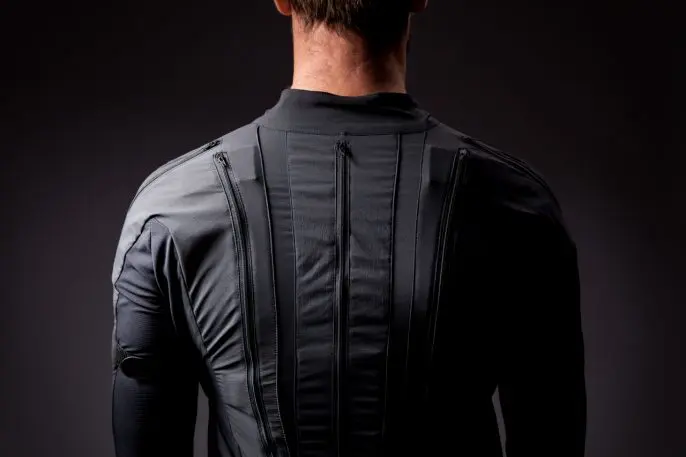
The suit supports up to eight individual actors per access point, and multiple access points can be used in concert, making it possible to record mo-cap data for a dozen or more actors simultaneously.
Balslev acknowledged that in some cases, traditional mo-cap systems may be somewhat more precise. “If they want the most accurate position possible,” he said, “they would probably still use optical systems.”
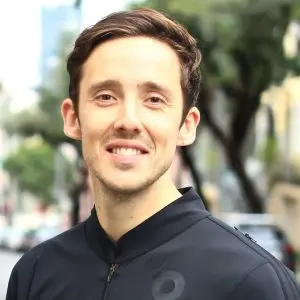
That’s an important point, given that in making Hollywood films, precision is vital when incorporating live-action imagery into digital backgrounds. Still, Balslev argued that Rokoko’s system is capable of 90% of what existing mo-cap systems can do.
“You can record on location, outside a studio, and you don’t have to build anything in [your] studio,” Balslev said. “For all those use cases—fighting, dancing, for all of that, they can use [our system] tomorrow.”
While Rokoko sees a large potential market for its suits among filmmakers, it sees video gaming and virtual and augmented reality as the next potentially substantial markets. That’s because game developers and those making VR content will likely also benefit from access to inexpensive mo-cap technology.
Further, Rokoko, which has raised $3 million in seed funding and plans on seeking an A round of venture capital this year, expects to produce a different kind of device in the future for individual gamers. Balslev imagines that next product as the ultimate input systems. Walking, talking joysticks, as it were, that could render the highest-quality handheld controllers moot.
But that’s the future. For now, the 15-person company’s suits are aimed at filmmakers, given the maturity of the existing Hollywood motion-capture ecosystem. And that explains why both Sony and animator Scott Kravitz were among the initial 300 customers who bought Rokoko’s suit as part of a preorder effort.
In an interview, Kravitz, who has worked on numerous major feature films, explains that he wished he had had access to technology like Rokoko’s when he’d worked on his last feature, Chappie.
Although he purchased the suit to record motion capture for an augmented reality project he has in the works, Kravitz said he thinks it has a lot of advantages, particularly for doing mo-cap on location. Previously, he would have had to work with unwieldy wired suits or wireless suits with poor or unreliable signals.
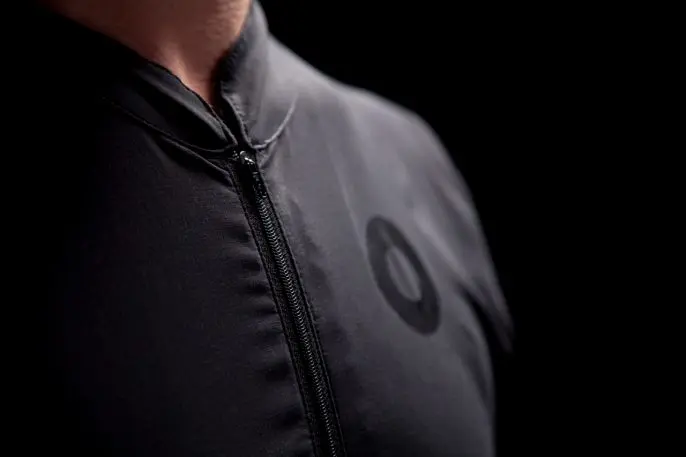
And though he hasn’t worked with it at length yet, Kravitz believes Rokoko’s suit could well be a good alternative for filmmakers.
He also said he thinks the suit could be the best solution for those doing mo-cap for AR projects like the one he’ll soon be producing. Right now, he said, the best choices for those without access to a full-fledged mo-cap stage are workarounds that utilize off-the-shelf tools like a Microsoft Kinect or other computer-based cameras.
“I believe that [Rokoko’s suit] is going to get a much more precise read on a body,” Kravitz said, “than a camera mounted to my computer.”
Recognize your brand’s excellence by applying to this year’s Brands That Matter Awards before the early-rate deadline, May 3.
